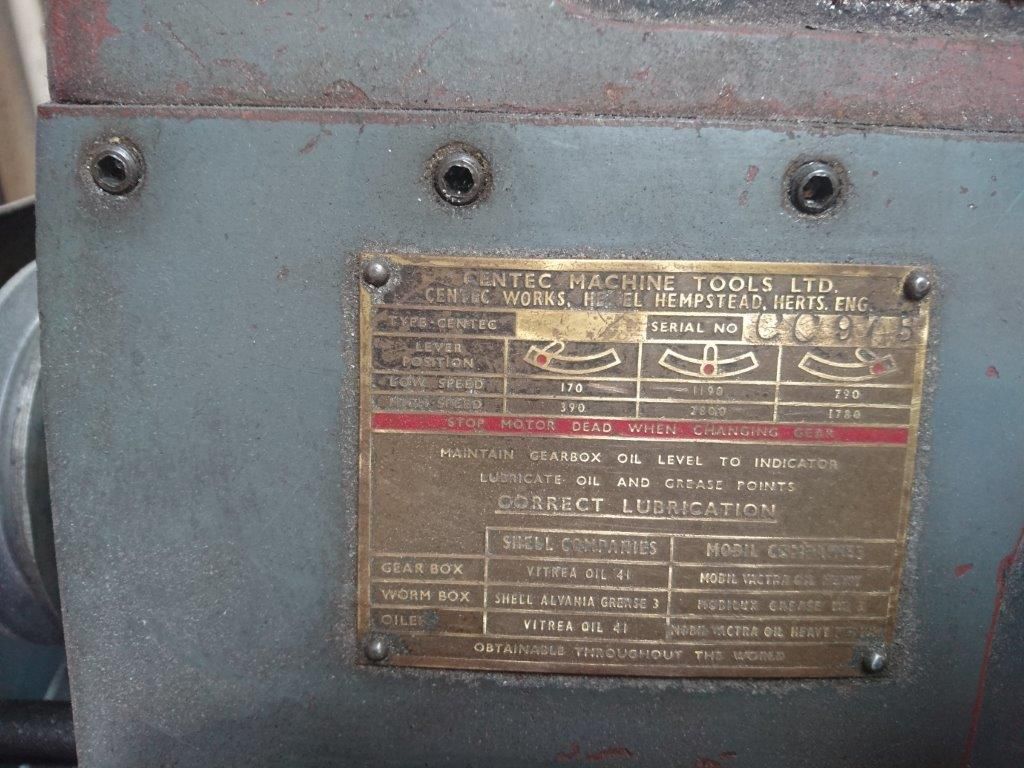Depends on what you're going to use the mill for. For example I frequently use mine (not a Centec) at 2800rpm. Higher speeds are good for small diameter drilling, and I have a carbide cutter that loves it! Bigger drills and HSS milling are slower: for HSS I find the rule of thumb rpm = 10000/tool diameter( in mm) a useful guide.
Thus a 1mm drill should be spun at 10000 rpm (yes!) and a 20mm diameter cutter 500rpm. A wide diameter flycutter would be much slower.
The ideal machine would be capable of a very wide range of speeds. But nothing is ever easy.
One thing to watch for on older kit if you plan to increase speed is the bearings. They may not be up for it. For example, a plain bearing starts from rest with metal to metal contact. (Bad!) But provided enough oil is available, the journal soon climbs on to a thin cushion of oil and friction drops enormously (Hurrah!) Unfortunately the effectiveness of the cushion depends on factors like heat, pressure, and oil viscosity. Heat and pressure depend on the design of the bearing and how it is operated. The overall effect is that the internal friction of a bearing increases with speed. If the bearing overheats, the oil gets thinner, perhaps to the point that the cushion collapses and the bearing seizes.
Most often the effect of excessive speed is reduced bearing life, but it's not difficult to over speed a plain bearing to destruction. Bottom line: they shouldn't be operated outside their design limits. Modern kit is usually fitted with roller bearings that are better suited to fast running. Even so, exceeding the manufacturers recommended speeds should only be done with care. At high speed, it's likely the machine will vibrate due to balance problems.
Within the Centec's limitations, I'd look very seriously at Bill's suggestion. A 2800, 3-phase motor + inverter would make the machine much more flexible.
Dave
duncan webster 1.





